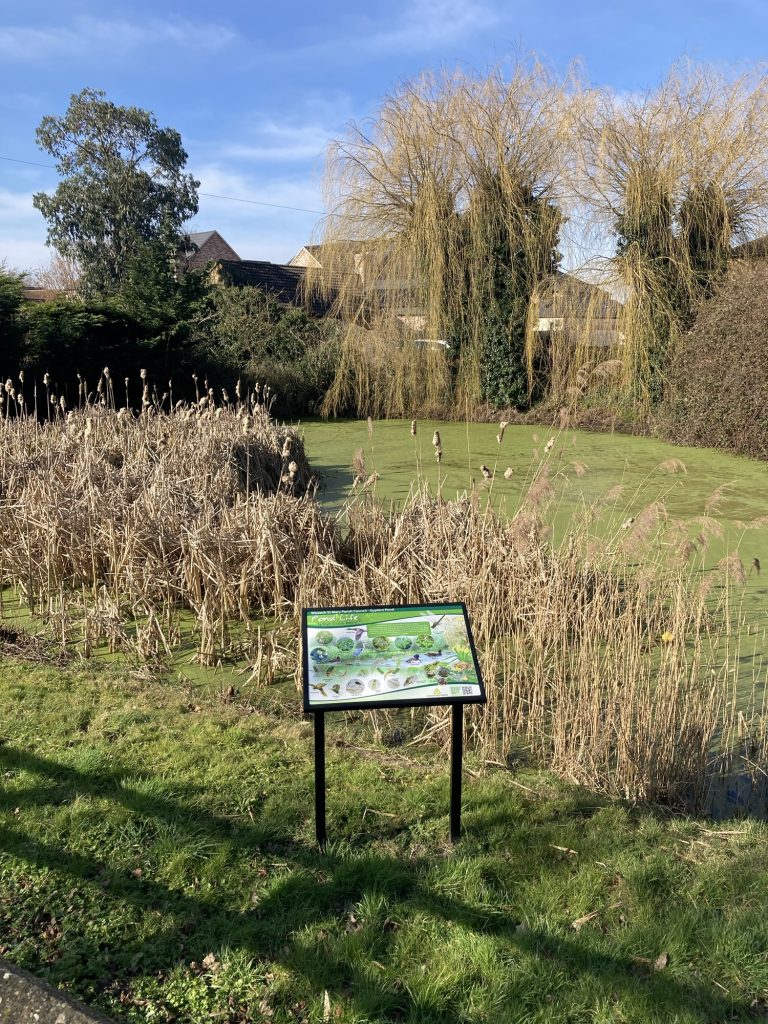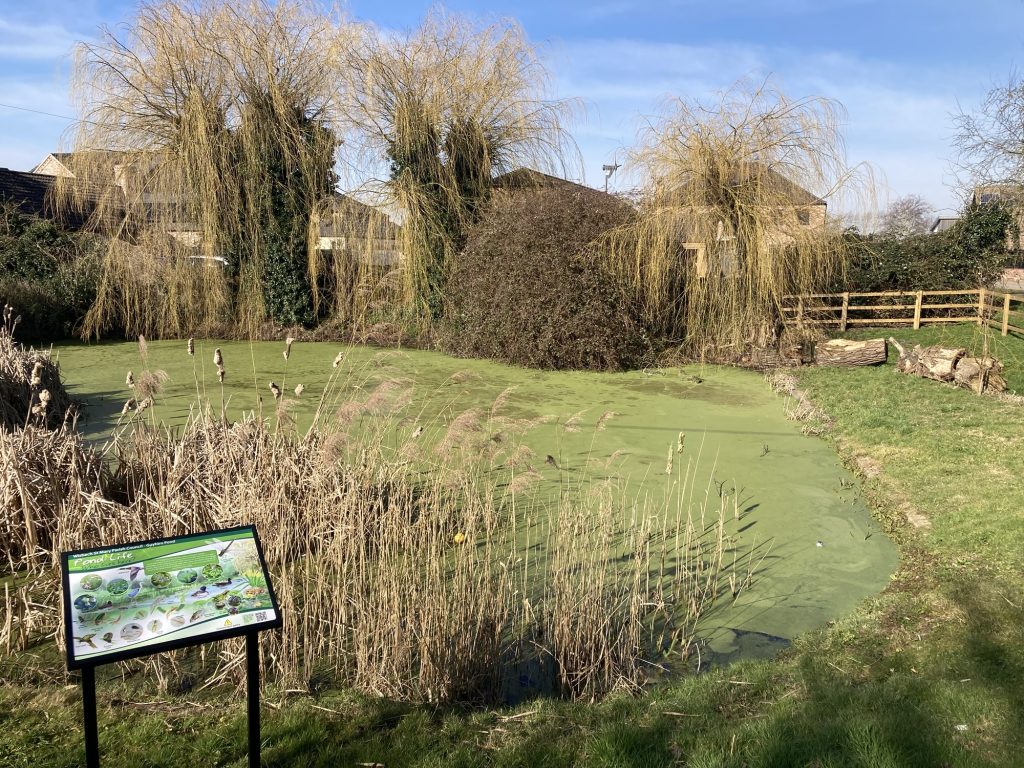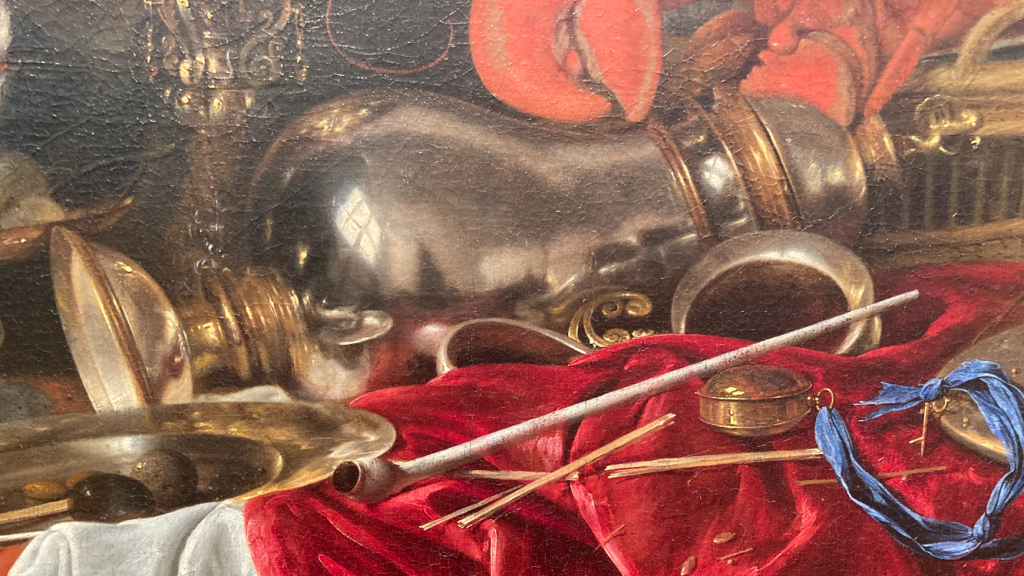
DAYS OUT: Picturing Excess, Jan Davidsz se Heem, at The Fitz

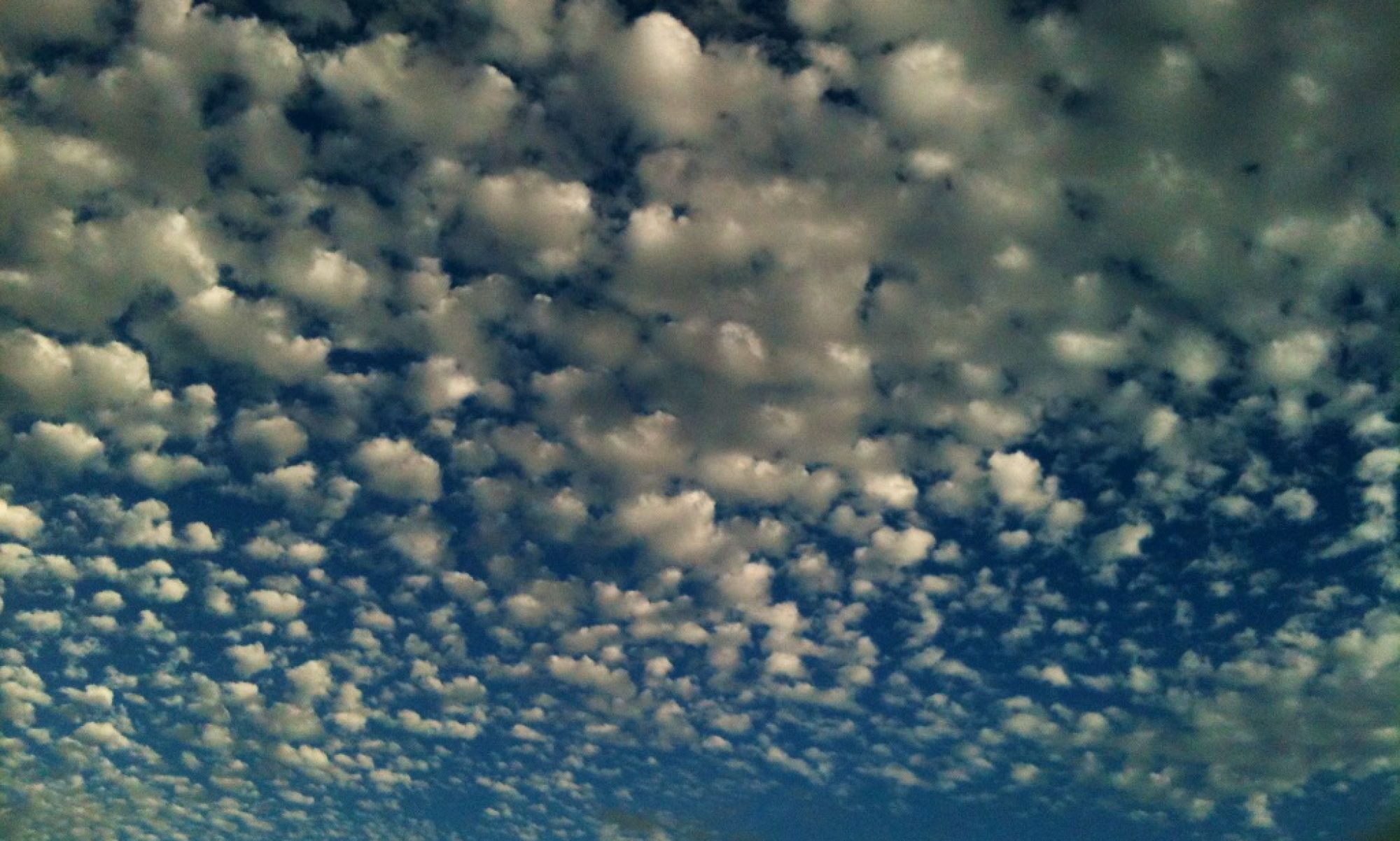
renaissance man

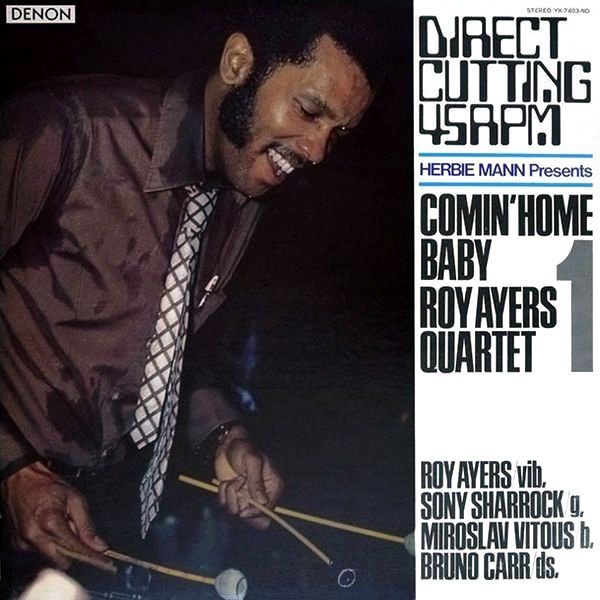
Oh dear, another one bites the dust. The legendary musical icons of my life are dying away. Only natural, I guess. But when the folk who’ve soundtracked your life shuffle off… it’s sad!

I never got to see Roy Ayers live, dammit. And he kept playing and hugging into his 80s! I did buy us tickets to see him in Cambridge, for my 50th. But it was cancelled, due to his deteriorating health. I’ve never been reimbursed.


These two arrived today. And… wow! They’re terrific. I thought I’d bought the above a while back, but it turned out I’d got the CD that goes with it. Still not listened to the latter. High time I did!
One of the dangers, but also attractions, of acquiring such books, is the way they help one learn about and explore/expand one’s own music collection.
There are a decent number of albums pictured in here I already have, in one format or another. But there’s tons I neither have, nor have I even heard of.
This is also another spur towards getting the Sun Ra/Saturn album covers book, as he and his Arkestra and affiliates are well represented here.
One very striking thing that emerges from perusing this gorgeous time is the frequent juxtaposition of incredibly boldly colourful album cover spreads with starker black and white one. This occurs a lot! And is almost a unifying theme throughout.
The record covers run a pleasing and fascinating gamut, from the artistically and aesthetically sublime, to the less slick, more DIY aesthetic. The latter prefigures the anarchic energy of punk. A parallel the book is keen to highlight.
I haven’t started digging into the text yet. I’ve just bathed in the visual glory of the photographic content. Which is a very enjoyable and rewarding thing to do. But from what I have read, it promises to be a compelling and enlightening read.
One thing that intrigues me, is how certain labels feature, some very heavily – e.g. Strata East, Muse, Flying Dutchman – whilst others that might have – I’m thinking particularly of Bob Shad’s Mainstream – don’t.
It’s also interesting that in all the Soul Jazz books on record cover artwork – they don’t continue into the age of CDs, by and large – there is a string political dimension. Brazil had the military dictatorship in the ‘70s. Cuba has been and remains under embargo, as a Communist outlier on the US doorstep, and this book and its subjects are steeped in the long running politics of race, and ‘black identity’, as they’ve persisted in America.
All in all, an absolutely wonderful book, on a fascinating subject. Well worthy of this treatment. And ripe for exploration and appreciation.
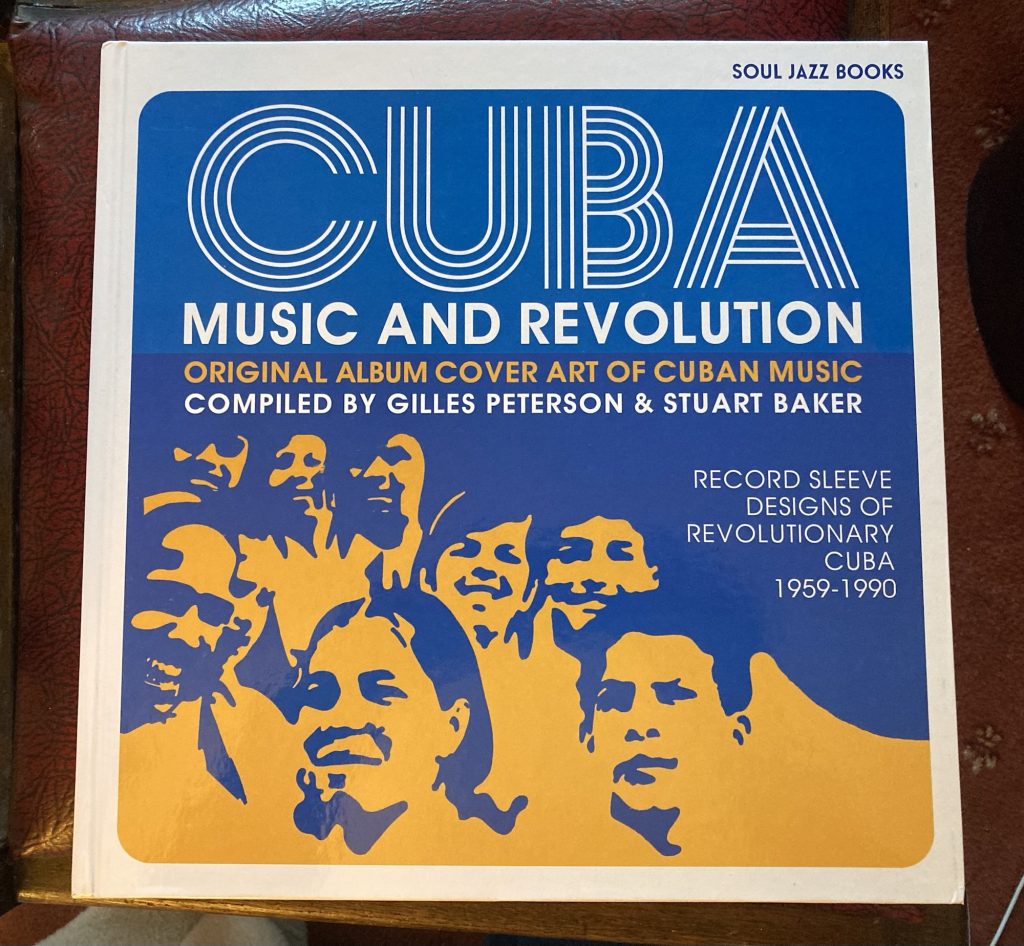

As with all the Soul Jazz titles in this line – Freedom Rhythm & Sound, Bossa Nova, etc. – this is beautifully put together and presented.
I got the hardback version, in this instance. Alas, the hardback edition of FR&S was too pricey. So I’ve only got the paperback of that one. But both editions are beautiful. A perfect size (near enough LP sized, befitting the subject), and beautifully printed.
One aspect of this book that initially bothered me, and still niggles a bit, in truth, is how specialist and niche they’ve made it, by confining it purely to Cuban indigenous releases.
I suppose opening it up to a wider base, in particular I’m thinking of US Cuban or Cuban-influenced stuff, might’ve made it too large in scale and scope? As it stands, the choice to stay ‘at home’ in Cuba makes it rather more niche, to my mind.
The result of this is that Cuban emigres often only appear here during their time in the ‘mother country’ (eg Chucho Valdez), or sometimes (Patato Valdez, for example) not at all.
This also means that a label like Fania – whose very name is taken from a ‘popular luncheonette frequented by musicians in Havana, … that [label founder] Masucci frequented when he worked for a public relations firm there during the pre-Castro era’ – is not covered here.
If I was being fussy or curmudgeonly I’d dock a star for this. But, truth be told, within the ‘Revolution’ remit the book sets for itself, this remains a wonderful and fascinating treasure trove of musical history.
It’s intriguing that once again, as with other Soul Jazz record cover art books, there’s a string political angle, to the subject. Unsurprisingly, this means there’s some ‘party lines’ type stuff that’s either a bit weird, or rather heavily programmatic. What’s more surprising, perhaps, is the overall freedom of expression within the Cuban music scene as a whole.
As befits an island known for its musical exoticism, and associated forms of hedonism popular with tourists, the album covers reflect a culture that is colourful, vibrant, diverse and highly exciting.
This is art from a decidedly Communist nation. But it’s certainly not purely the kind of dour ‘party sanctioned’ propaganda one might associate with other Communist regimes.
As with the FR&S title, at present I’m just varying in the warming glory of the visual content. Other than reading the intros, I’ve yet to dive into the textual parts. They appear on first glance to promise a fascinating and informative read.
One major difference, however, ‘twixt my experience relating to these books, is that whilst I have quite a number of CDs (and other stuff) that are illustrated in FR&S, I have closer to bone that are feature in this book.
I’ve got a little tiny bit of stuff by some of the artists who appear here – Irakere, Los Van Van, Tata Guines, Omara Portuando, for example. But the vast bulk of what’s illustrated here is music I don’t have or know.
Of the two books under review in this post, FR&S is the closer to my own musical heart, I think? Both will – indeed already do – make me want to explore the music they represent more. But that’s all to the good, excepting only potential fiscal fallout!

Flamingo, 1955
Herbie Mann/Sam Most Quintet, 1956
Plays, 1956
Love & the Weather, 1956
Yardbird Suite, 1957
Flute Fraternity, 1957
Flute Flight, 1957
Flute Soufflé, 1957
This series of three boxed sets, each comprising eight albums, whilst delivering a whopping 24 platters in toto, is far from complete. But if, like me, you want to collect as much Herbie M as you can, for as little outlay as poss’? One can always ‘fill in the gaps’, in theory.

Sultry Serenade, 1957
The Magic Flute Of…, 1957
Mann Alone, 1957
Great Ideas of Western Mann, 1957
Salute To The Flute, 1957
… With the Wessel Ilcken Trio, 1958
Just Wailin’, 1958
Mann In The Morning, 1956
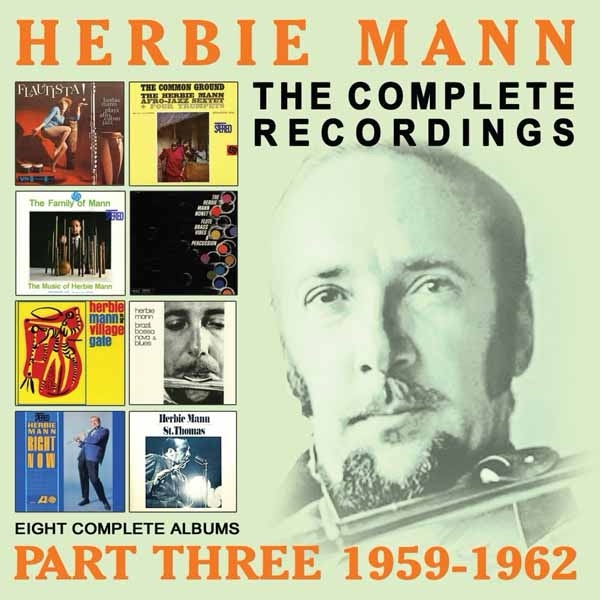
Flautista, Herbie Mann plays Afro Cuban Jazz, 1960
The Common Ground, The Herbie Mann Afro Jazz Sextet + Four Trumpets, 1960
The Family of Mann, the Music of Herbie Mann, 1961
Flute Brass Vibes & Percussion, The Herbie Mann Nonet, 1961
… at The Village Gate, 1961
Brazil, Nossa Nova & Blues, 1962
Right Now, 1962
St Thomas, 1959 (aka Herbie Mann’s African Suite)
FOOTNOTE
I tried to get my flautist buddy Dan Ellis into listening to this stuff on CD; I bought him the first set, plus a little CD player. But he wasn’t having it! I wanted to then get him vols two and three. But he says there’s no point!
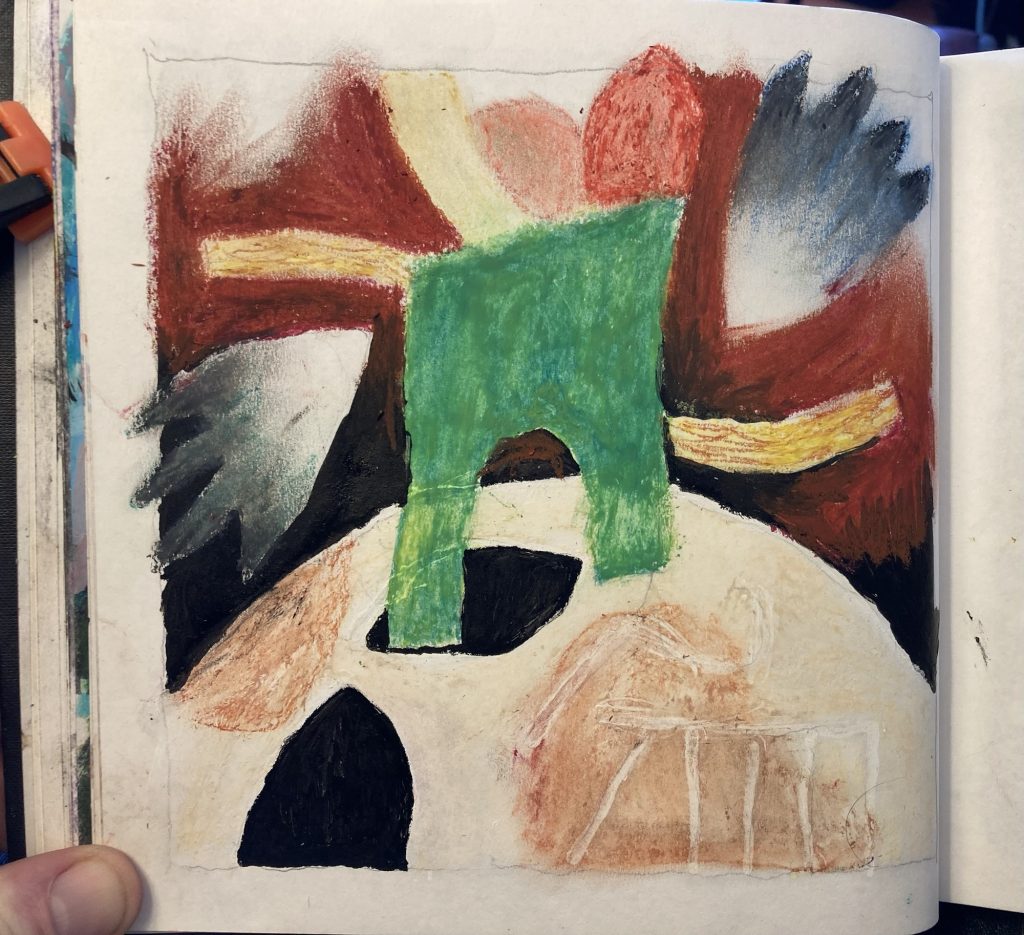
I’m enjoying doing these Golgotha sketches. I’ve no idea how good or successful they may be. But I feel I’ve worked the idea up n’ away from my Picassian sources.
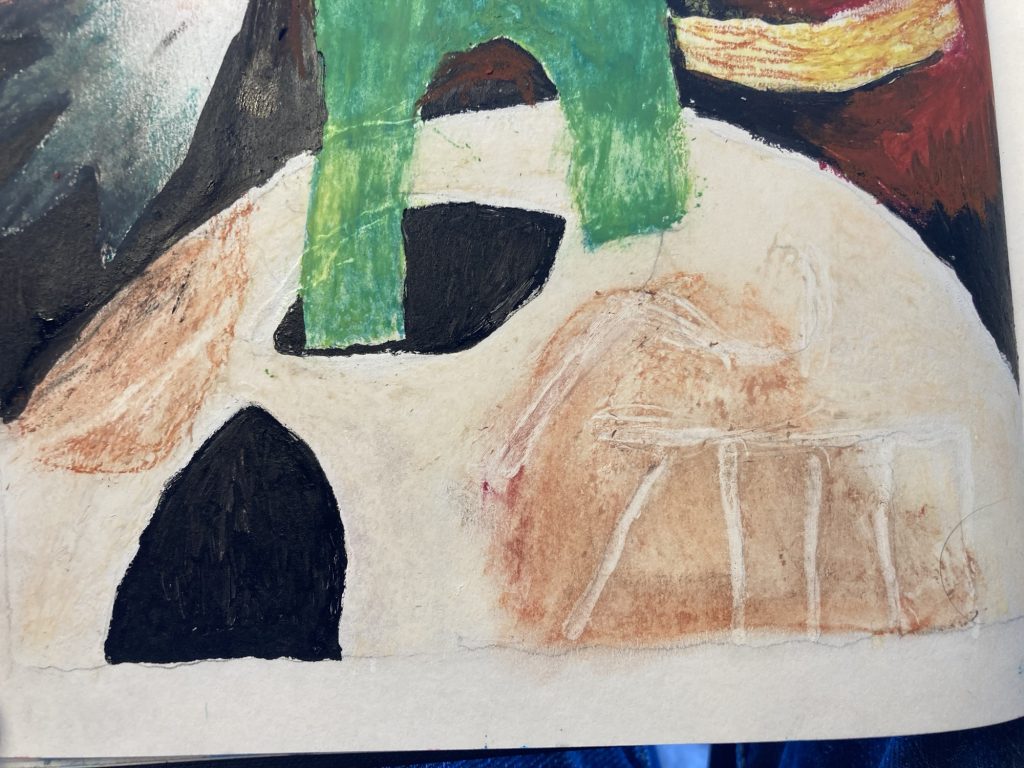
Here I’m trying – as I do a fair bit these days, I s’pose? – to utilise white as the linear definition, in places. Black is obviously clearer and stronger. But it’s nice to try and use both, I think.
I also want to explore more avenues with this series. The green-ish trouser/body/bridge/building object, is intended in part as a cadaver, of some sort.
There shall be blood!
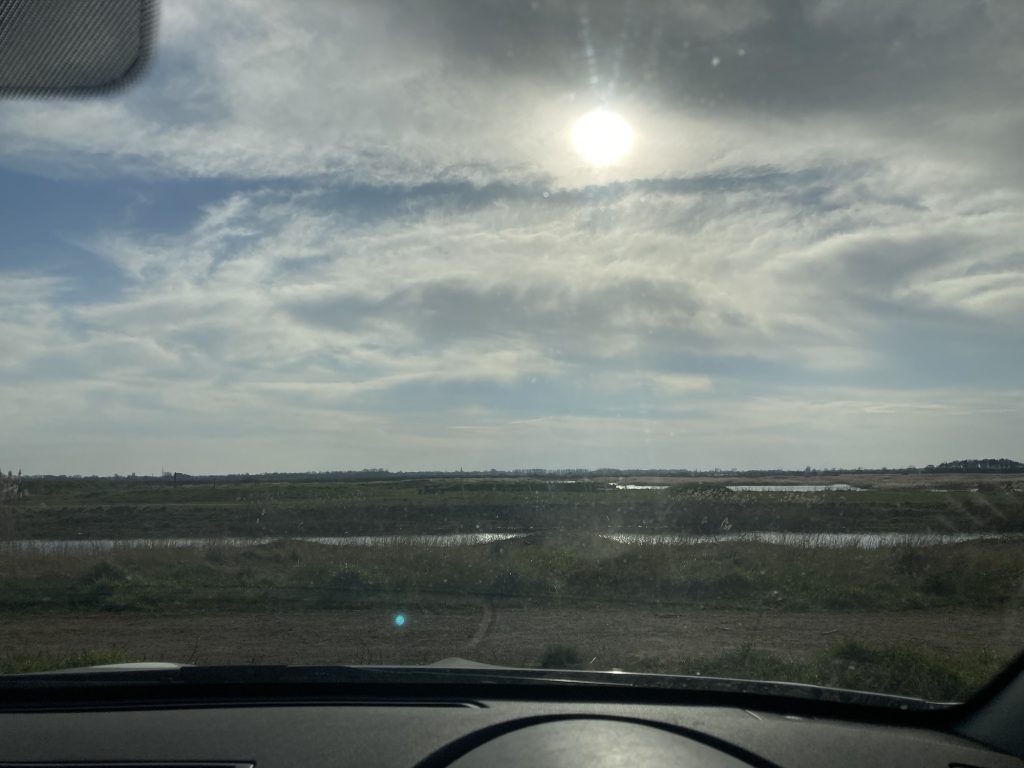
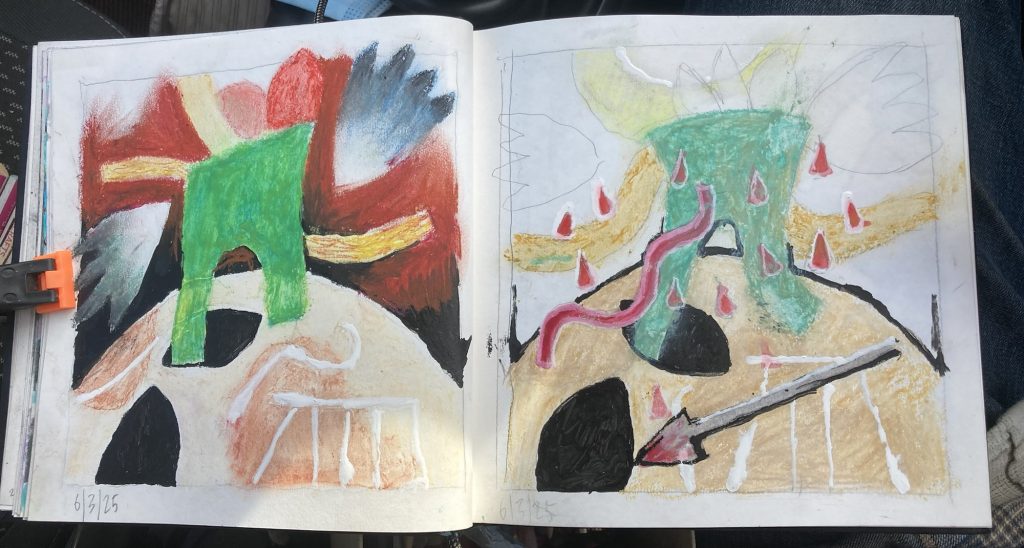
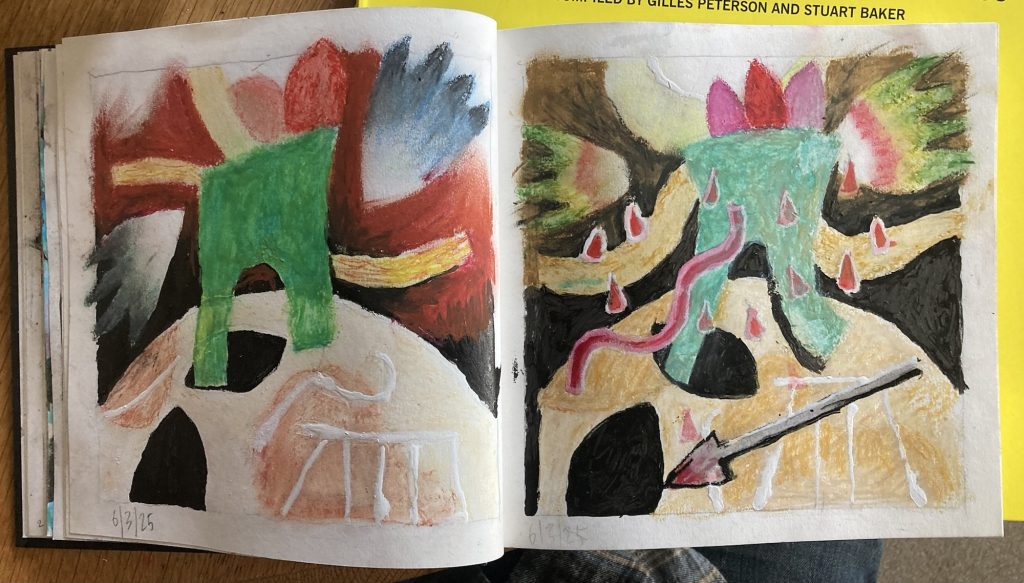

It’s interesting what different lighting conditions do…
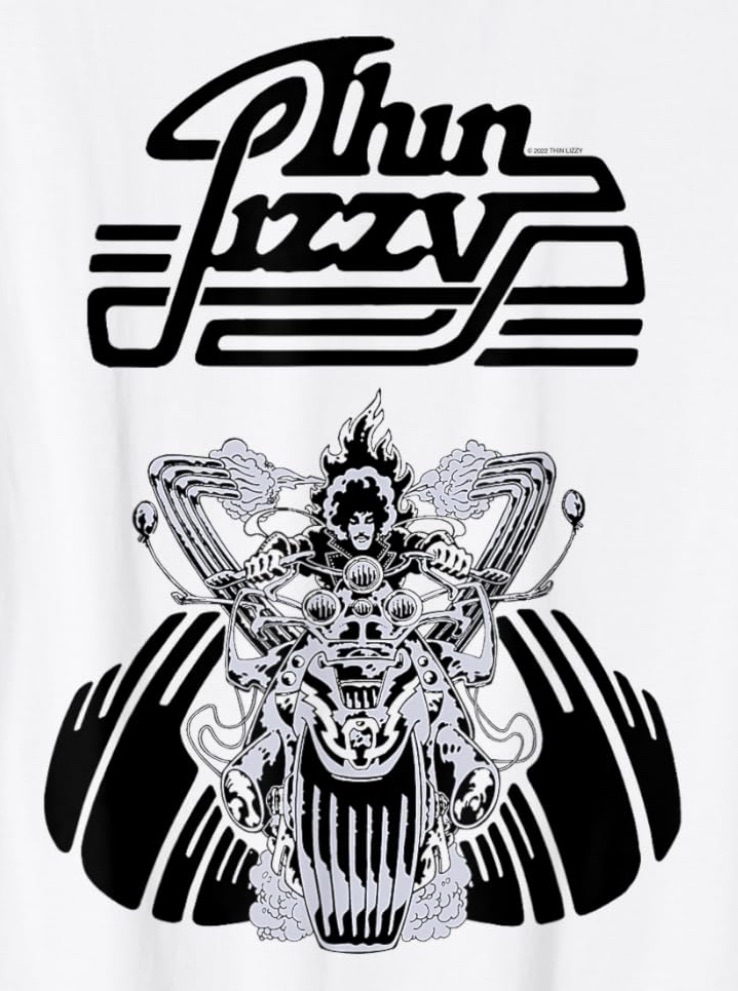
I saw a YT bassist wearing this T. Found it on sale here. Another item for the ‘want not need’ wish list!
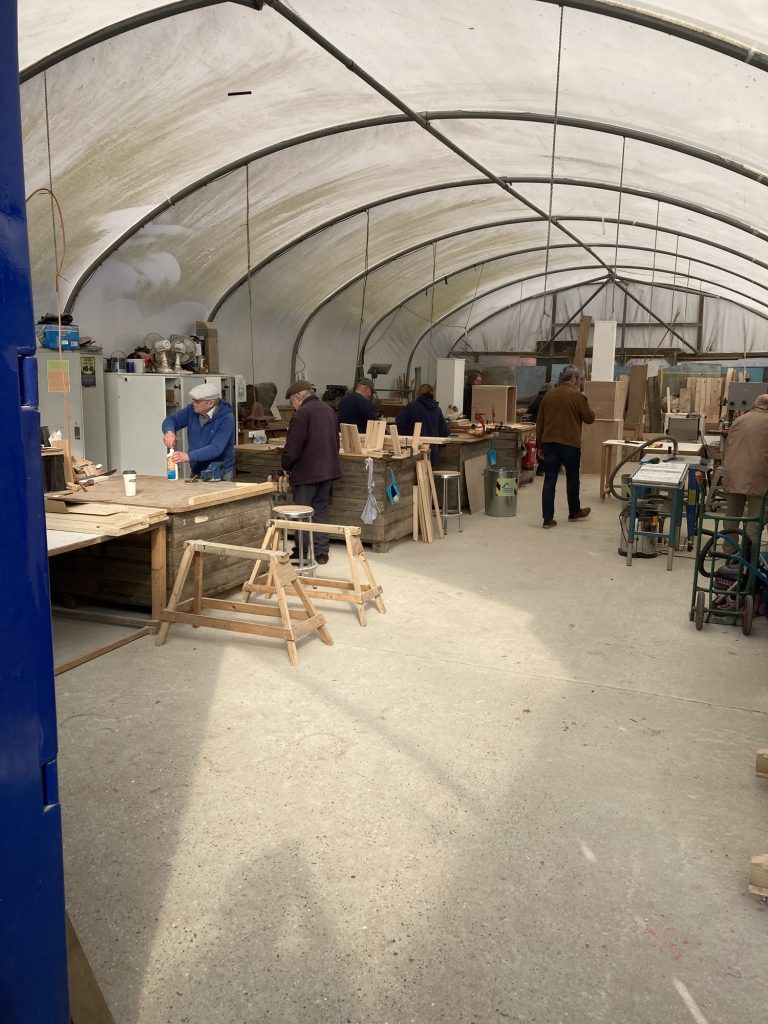
Having discovered the existence of this place only yesterday, I went back today, for the full Shed experience (it was closed Tuesday!).
I spent about three hours there, chatting with folk, after getting the tour from a nice guy called Dave (or ‘Lord Dave’, as he introduced himself!)

I wound up in the above female dominated Crafting Area. And had a lovely time. I had taken the wherewithal to frame my two prints of the art pieces I recently did for Dan.
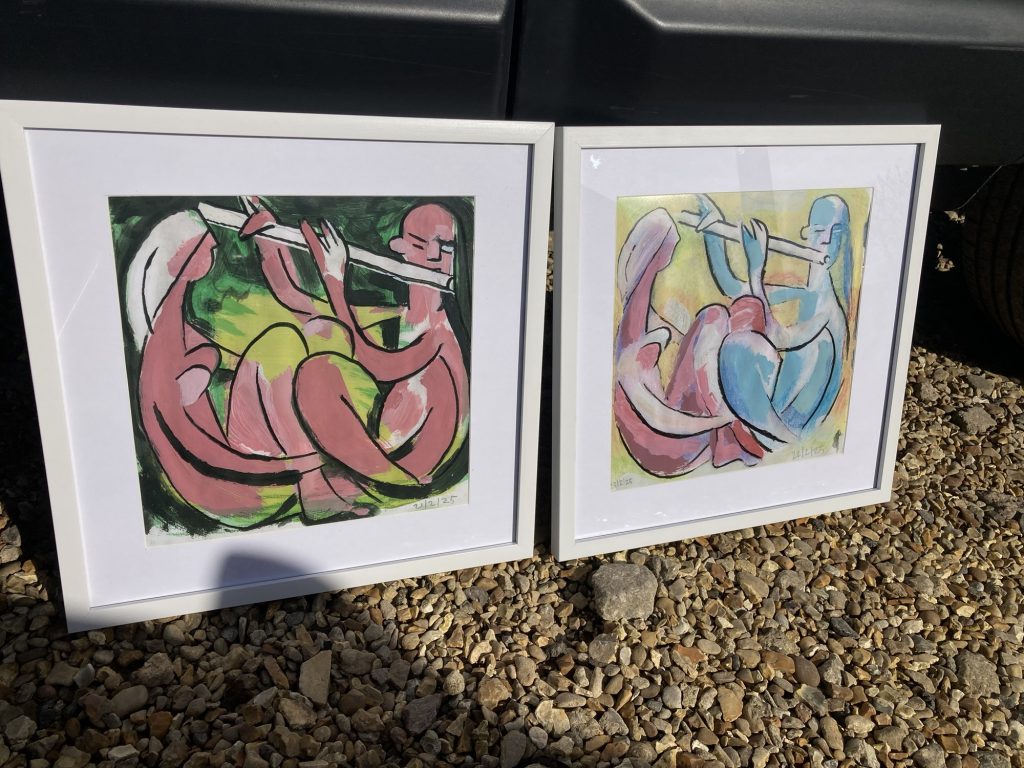
Using my new angled cutter was interesting. I botched both attempts a bit, but was able to remedy them well enough to be satisfied for a first go.
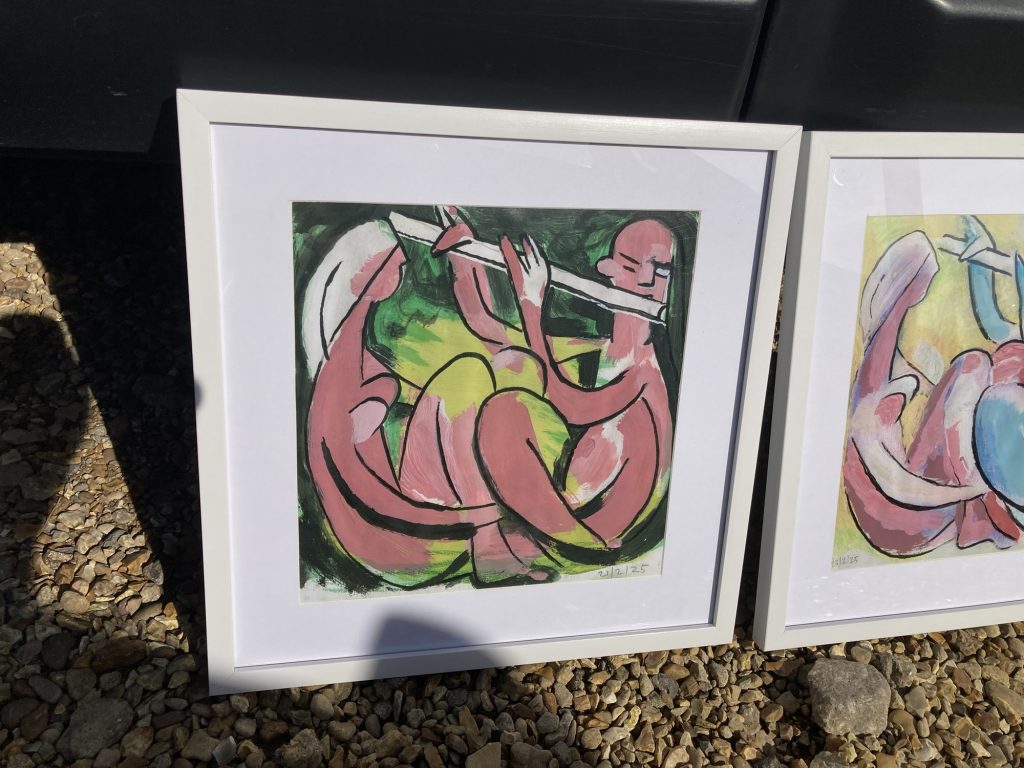

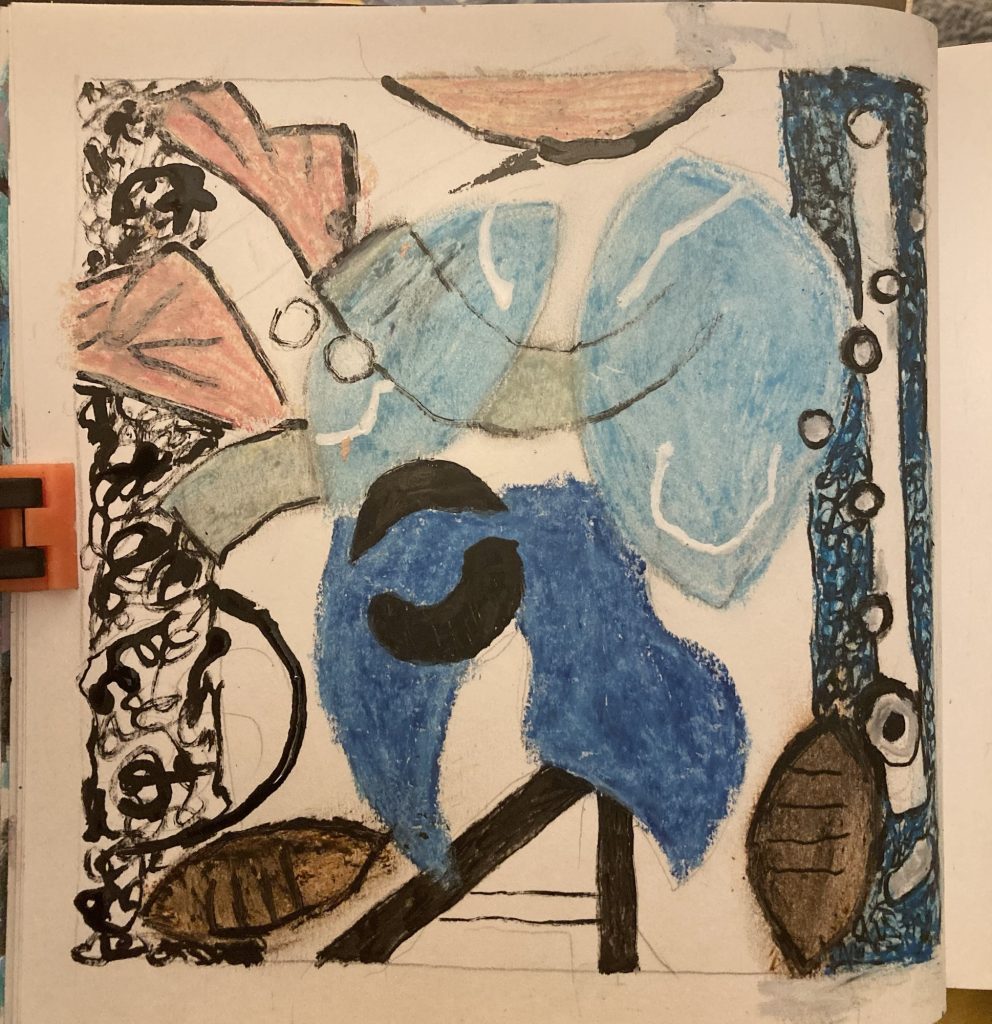
I’ve been listening to a lot of Herbie Mann, in the car. And loving it. So the above is a ‘first state’ exploration of an Herbie inspired piece.
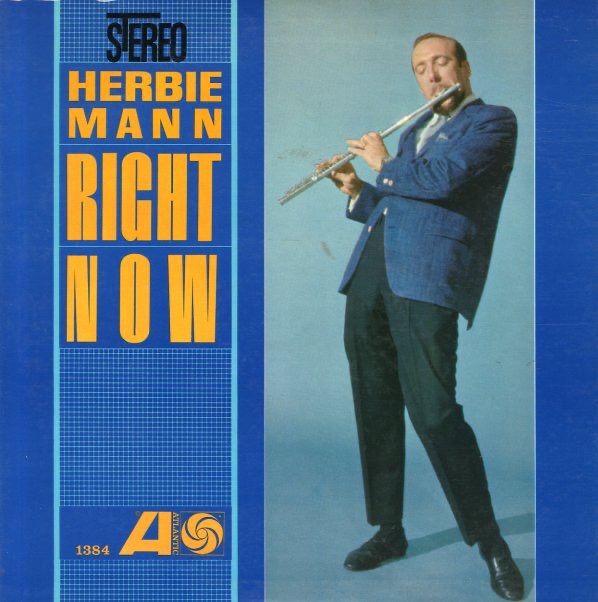
I think this initial idea is a bit too literal. I want to abstractify it more. So I will…
LATER…
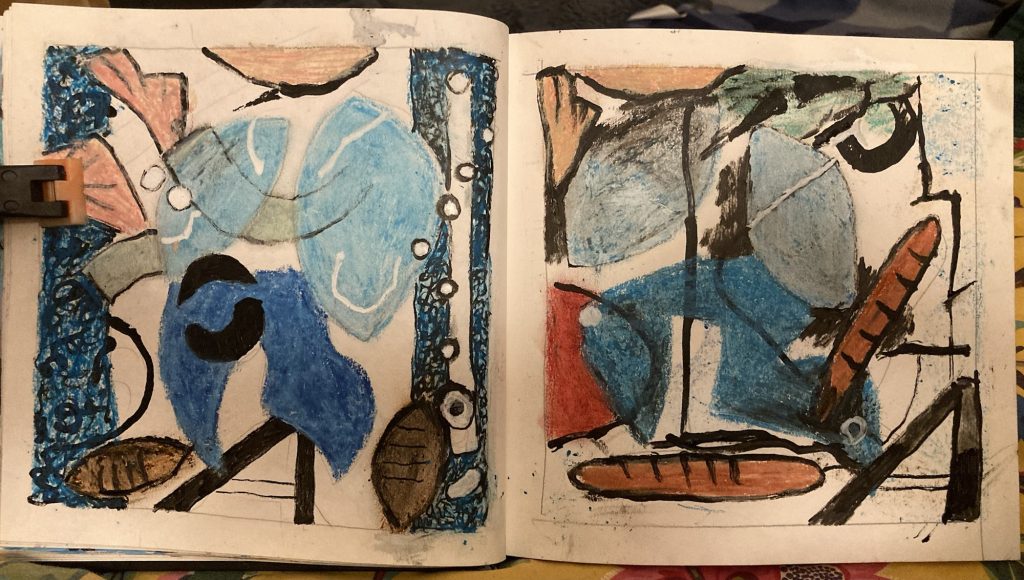
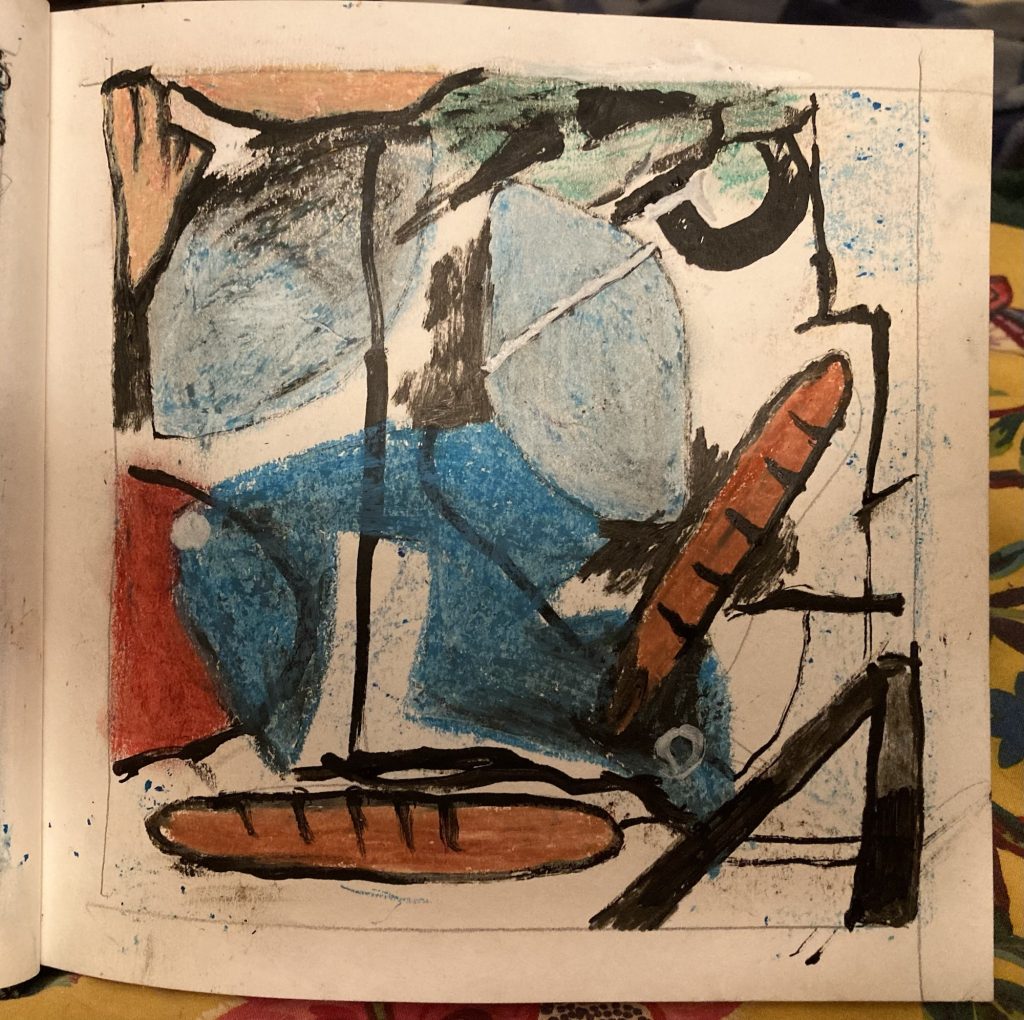
So, some time later… much later. So much so, it’s another day. Another newer version. Which I like better.
From before the dumbass Americans re-elected the orange clown: Top 10
More recently: SNL
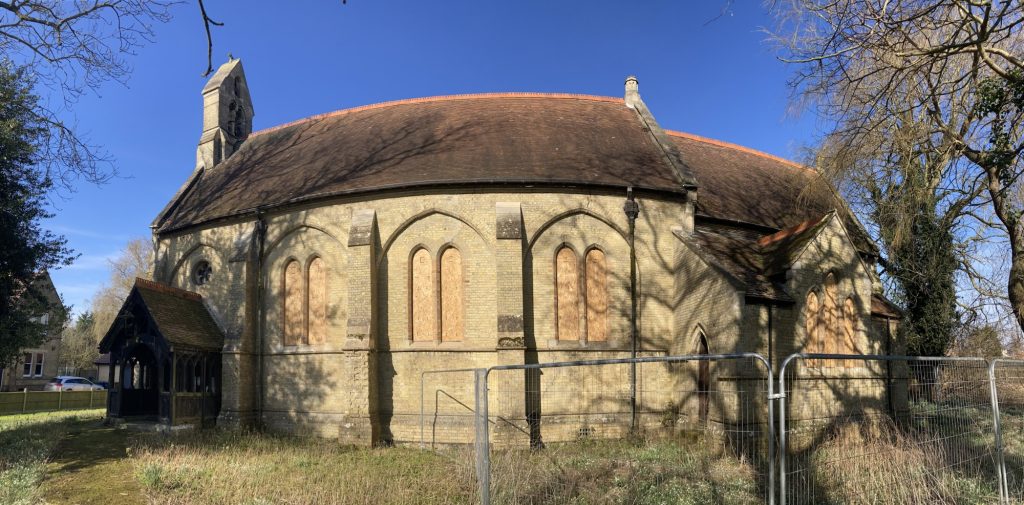
I’ve often driven past this old abandoned church. And wanted to stop and look. Now it has a for sale/sold sign posted outside. So, I finally stopped, and took a wander around it. It was locked, alas. So I could’nae look inside.
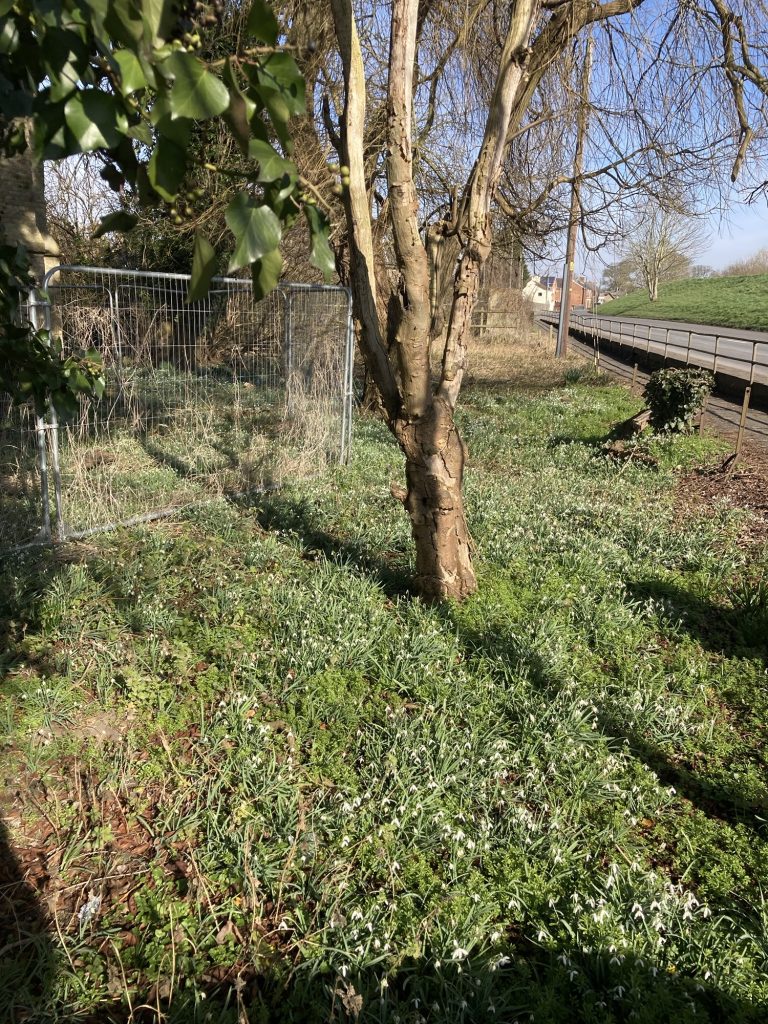
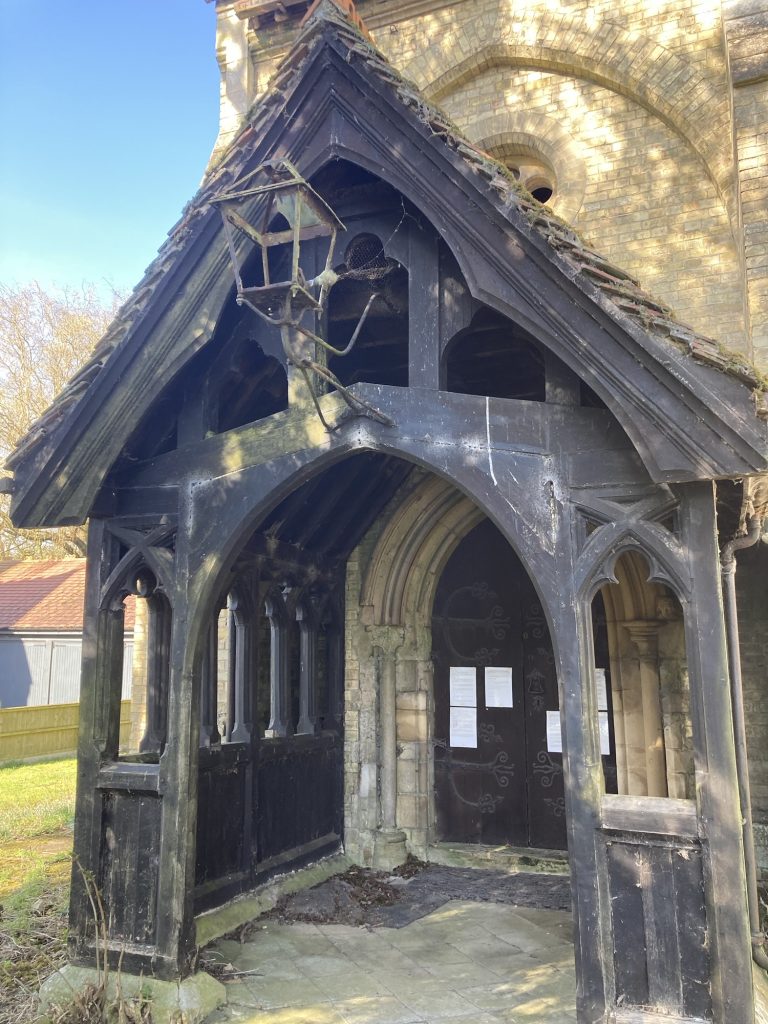


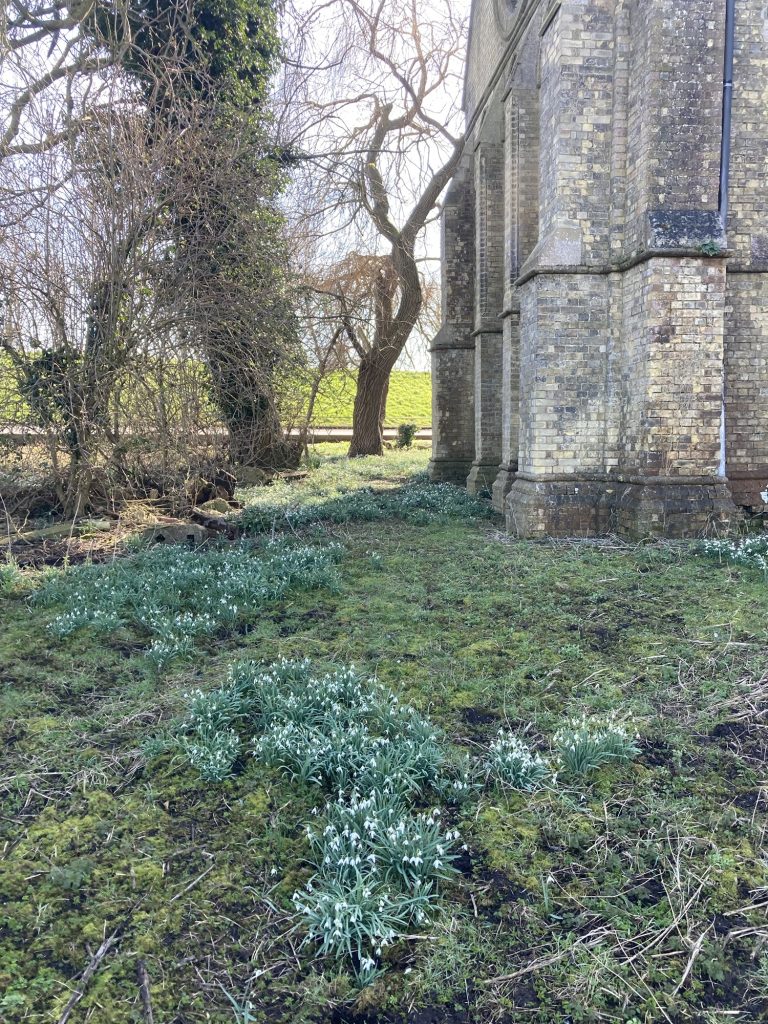
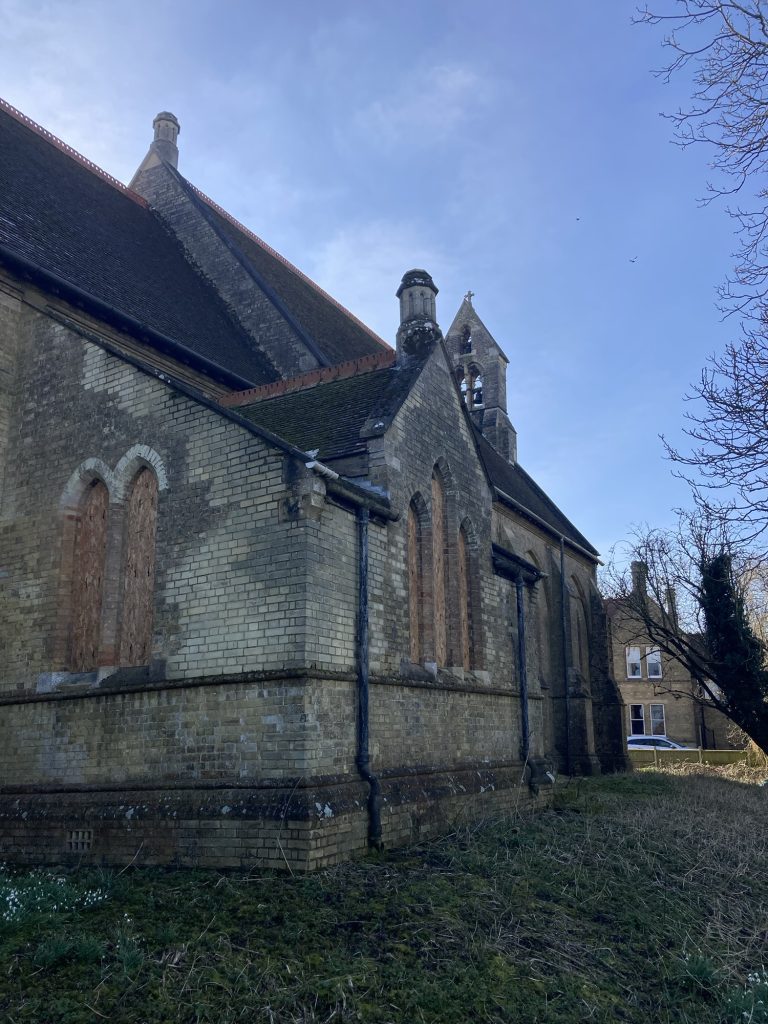
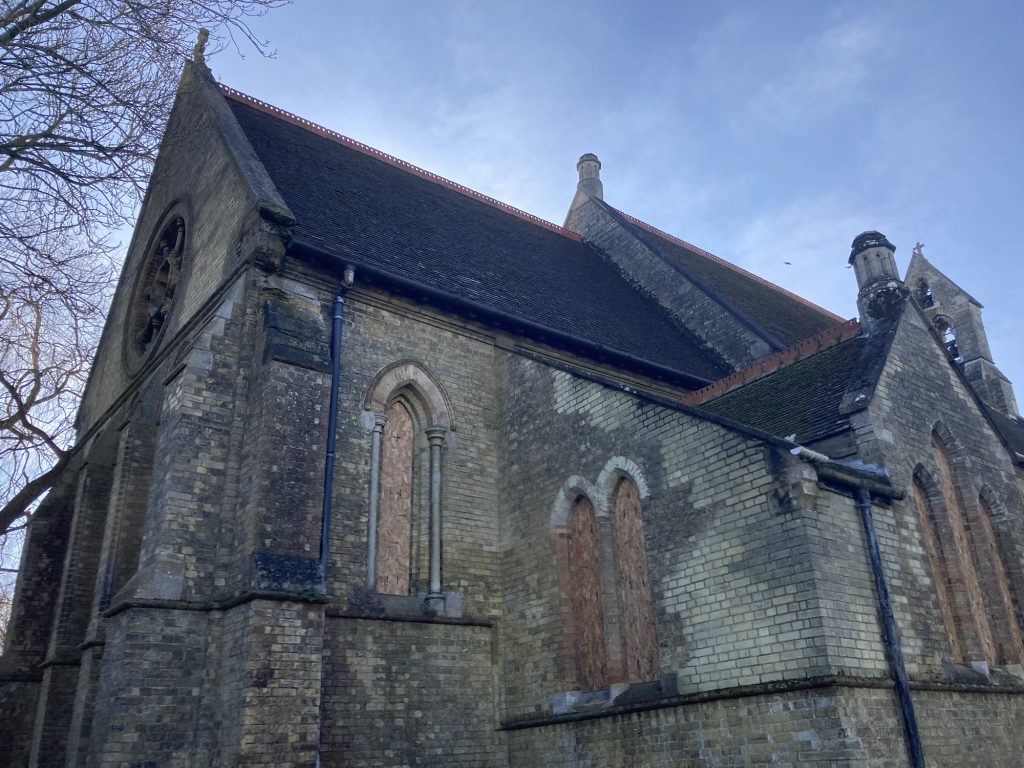

I read online that it’s a Grade II listed building, thought to date to 1878 (so not that old!); the asking price was quoted as £75K! Not that much, really. In todays’ market.
A bit further down the same road, there’s a little pond. Never ever seen anyone making use of it! Sad, really. I stopped a d ate my lunch there. Wrote a pome, as well!
